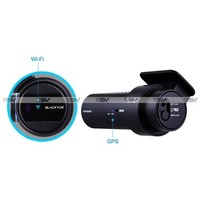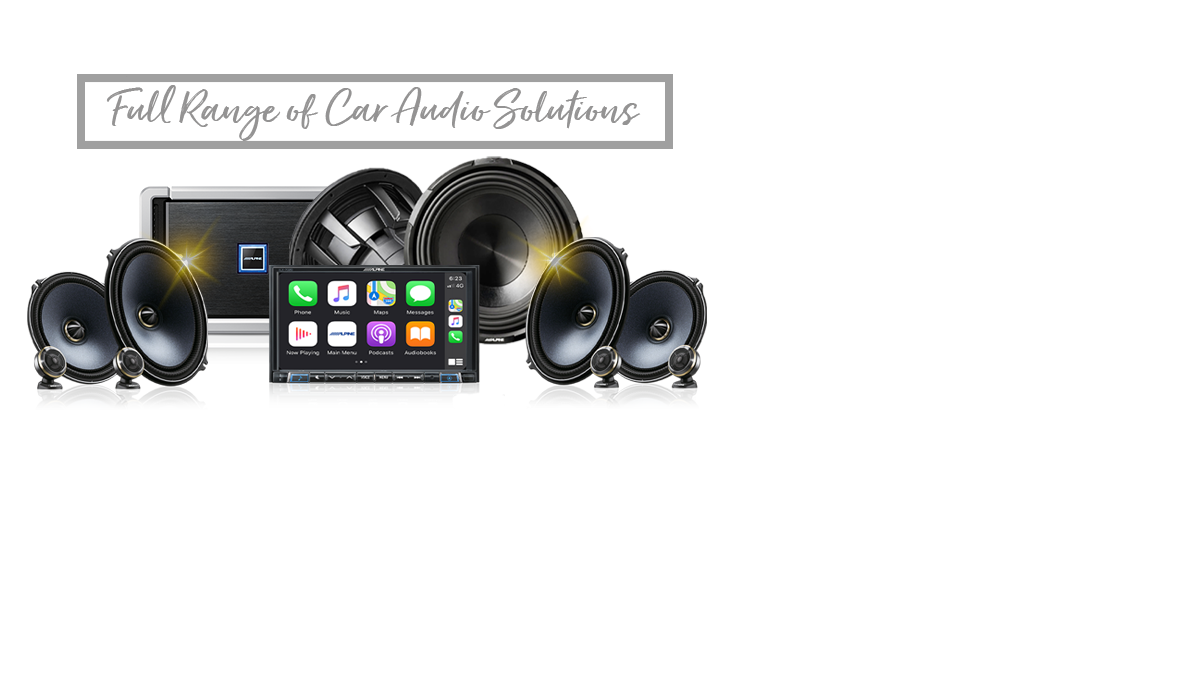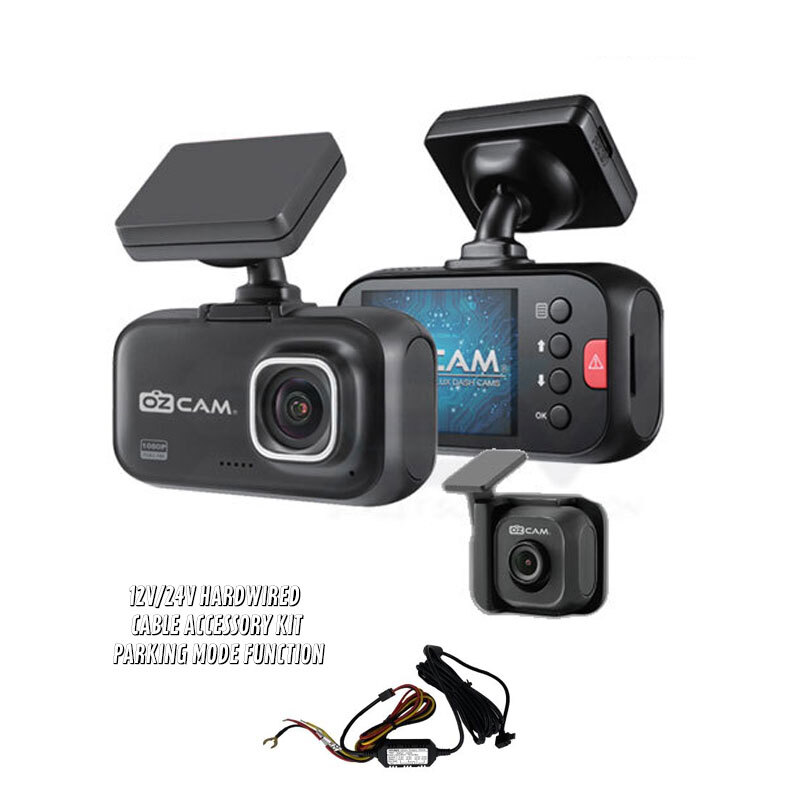The Benefits of Dashcams For Insurance And Safety
Date Posted:12 November 2017

For many of us, the spread of technology can be a blessing or a curse. We as a society generally agree it’s a mixed bag: it can be either a fresh, innovative way to do things, or a hassle that isn’t worth the time it takes to learn it. However, in today’s social climate, we look for ways that technology can help us achieve not just convenience, but truth.
Enter the dashcam.
A dashcam is simply a type of video camera attached to the dashboard or windshield of a vehicle. As long as the vehicle is running, the camera is running. The dashcam records the view through the front windshield, and the videos are usually timestamped, to ensure accurate records. As mentioned above, several factors contribute to the rise of dashcams as more than just a technological fad.
Several countries have specific laws about when dashcams can, and cannot be used. They’re explicitly illegal in Austria, while laws in Germany, Luxembourg, and Switzerland vary on who can use them to take videos and use them in different settings. They’re allowed in Australia, as long as they don’t infringe on one’s personal privacy.
Let’s take this point a step further. In February 2013, a meteor streaked across the sky and exploded over the Russian oblast (province) of Chelyabinsk. There is plenty of video coverage of the event…which doesn’t make sense; given the relatively low population of Chelyabinsk, there shouldn’t be that many videos of it. So how do we explain this? Most of the videos were caught on, you guessed it, dashcams.
Dashcams are more prevalent in Russia than anywhere else, and this is due to a startling mix of police corruption and insurance fraud. There is no law for or against dashcams there, and they’re used in courts to provide proof of incident, since first-hand accounts rarely hold up in court. In a 2012 interview with Radio Free Europe, motorists’ rights activist Aleksei Dozorov said that in Russia, “you can get into your car without your pants on, but never get into a car without a dash cam.”
For the most part, this situation does not spread to the rest of the world, but the debate over police dashcams has also made its way to the U.S. In light of recent claims of police brutality, police officers have been required to use dashcams. This has led to a spike in claims of officers disabling their dashcams to destroy video recording.
But what about relatively more secure places? Do safe, responsible drivers need dashcams? In a word, yes. Even if you’ve never personally caused or even been in a car accident, you can’t speak for everyone else on the road. Something as simple as a driver looking down at their phone for a couple seconds can be dangerous to everyone around them, if not fatal. Because of this, a dash cam is a good surveillance idea in case of any kind of accident.
On another level that we touched on above, the use of police dashcams (in theory) is a way to ensure the safety of the officer, and the people they pull over. It’s also a way to hold the officer accountable for his or her actions. Theoretically, an officer acting against protocol can be called out by the footage on their dashcam. This principle extends to Russian dashcams as well – it’s a way for the individual passenger to ensure their own safety, and hold other drivers accountable for their own actions on the road. To a lesser extent, if you feel you wrongly received a ticket, you can use the dashcam footage to argue your case.
A variation of the standard dashcam is a dual-camera unit, which has two separately-facing cameras: one facing the windshield, and one facing the inside of the car. The dual-camera unit was originally intended for concerned parents to monitor their teenagers’ driving habits. However, another use for this is another way to hold the drivers themselves accountable. In summer 2014, a Brooklyn man was wrongly given a ticket for apparently talking on his cellphone while driving. However, the rear camera on his dual-camera unit showed him simply scratching his face, and the ticket was rescinded.
We’ve already covered the timestamping feature on many dashcams. It’s not only helpful for surveillance purposes, but also paints a more accurate picture for more serious issues. However, more recent dashcams come equipped with a built-in GPS sensor that can add your car’s location to its timestamp. This feature is also helpful to every user, from concerned parents to victims of police brutality.
There are certainly benefits too owning a dashcam wherever you live, so logically the next step would be to go out and buy one. But what is important to look for when buying a dashcam? Well, there are a few basics to take into consideration.
A dashcam is, after all, a camera, so you’ll need to pay attention to mostly the same things you would when shopping for a digital camera. The first and most important thing to consider is the memory storage. Ideally, you’ll have a dashcam that can store its footage on an SD card – and the bigger the SD card, the more storage you get. These are used exactly like a camera: simply remove your card from the dashcam, plug it into your computer, and find the footage you want. Some dashcams even come with a low-storage SD card to get started.
If you want to hear AND see footage, you’ll want a dashcam that can record audio. These are usually present on dual-camera units, since the audio recorded is usually inside the car. And of course, it’s important to try and find a dashcam that records video in the highest resolution available. Additional considerations include the GPS feature mentioned above, and warning and incident detection technology that automatically records video if a car comes too close.
Ultimately, most high-quality dashcams can be found online for less than $150. They’re worth the cost for numerous reasons, and the variety of features you can choose from make them a more than sound investment that can be tailored to your needs. However, they’ve also erupted on the political scene on a global scale, making them an almost necessary feature, as well as a safe accessory.






 SSV Street Sound & Vision
SSV Street Sound & Vision
 Phone:
Phone:  Mail:
Mail:




